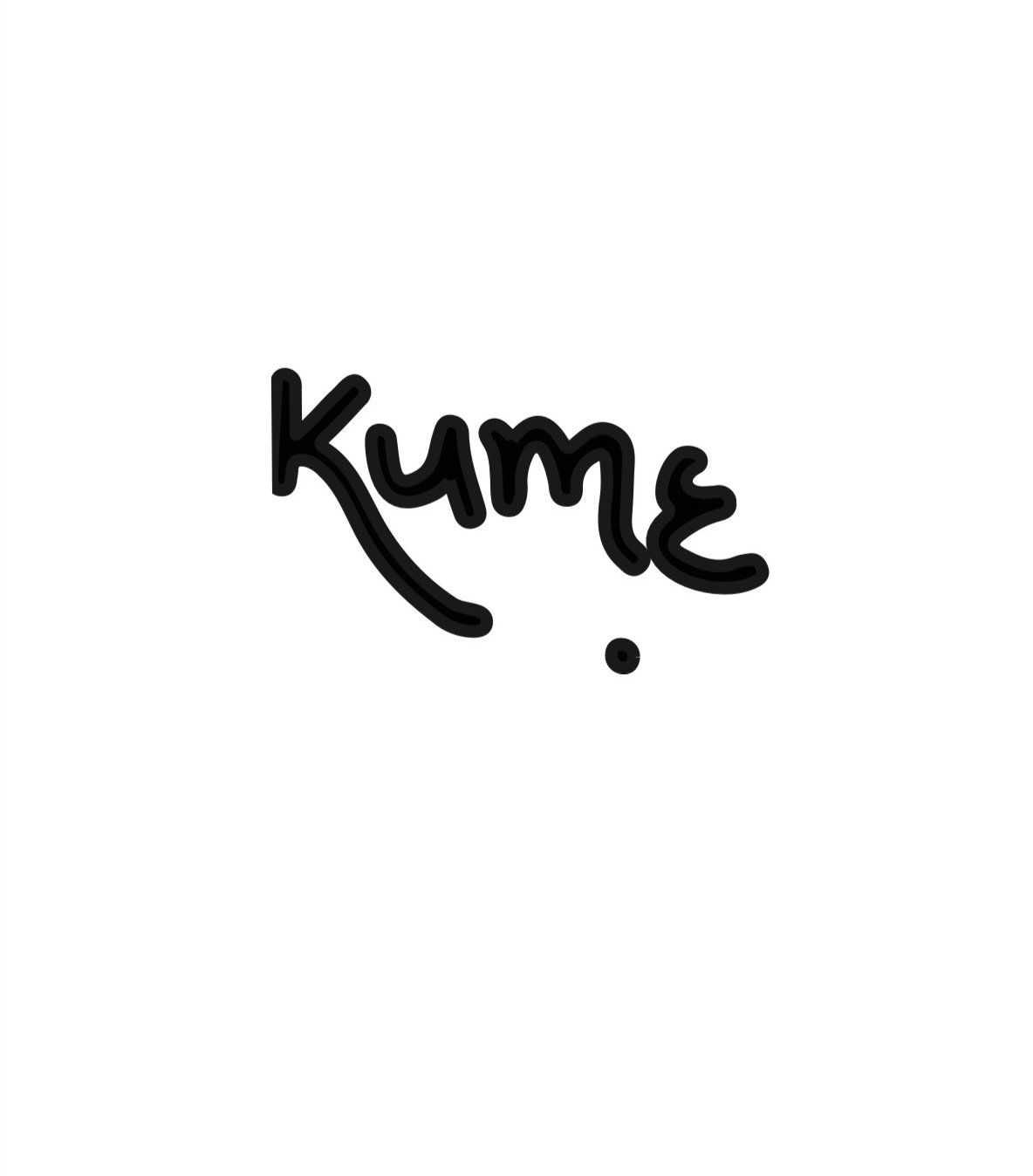What Happens When You Stop Hiding Your Values
3 min
Last November, I joined a workshop that revealed something about myself I hadn’t yet been ready to see.
I had been looking forward to it for weeks. That morning, I dressed with intention: navy pinstriped slacks, a bold sweater with blocks of red, yellow, green, and navy, pointed-toe shoes, and a bright red tote that made the whole look come alive. I felt polished and confident, but also a little nervous about what might unfold.
The workshop, titled “Wait, Wait, Wait, I Need a Plan,” was led by Suzy Welch, award-winning professor at NYU Stern School of Business, acclaimed researcher, and three-time New York Times best-selling author — most recently of “Becoming You: A Proven Method for Crafting Your Authentic Life and Career.” In three hours, Suzy guided us through a condensed version of her Becoming You methodology, a process designed to help people uncover what truly drives them.
Through a mix of reflective exercises, from writing a six-word memoir to answering the Proust Questionnaire, we explored the values that shape our choices. After ranking them, I looked down at my list and paused. My top value stopped me in my tracks: beholderism.
Beholderism is the value that reflects the importance of aesthetics in your actions and decisions, both in terms of your own appearance and your environment.
My first reaction? Discomfort. I immediately judged myself. How could this be my top value? I’ve always prided myself on depth and substance. But as I sat with it, I realized my resistance wasn’t about the value itself, it was about the story I had attached to it.
Over the past year, I’ve been on a kind of “glow-up” journey, investing in how I show up, how I dress, and the spaces I inhabit. I’ve leaned into the quiet confidence that comes from feeling put together. Still, I hesitated to own that this, too, was a form of care.
Then Suzy said something that shifted everything: “Values are tools, not labels. They help us show up in the world.”
That line stayed with me. Beholderism wasn’t superficial; it was intentional. It was about bringing care, artistry, and meaning to what surrounds me.
As the creative voice behind Kume House, I suddenly realized how deeply this value was already present in my work. Every touchpoint, from the texture of the cover of the MyKume Journal to the atmosphere of a journaling workshop, is designed to make reflection feel both grounding and beautiful. I had been embodying beholderism all along; I just hadn’t named it.
Fast forward a year. Last Sunday, I visited the 8th Annual Kips Bay Decorator Show House in New York City, a dream for anyone who loves design. Each room, imagined by a different interior designer, told its own story. Maximalist, bold, elegant—every space pulsed with creativity. I wandered through in awe.
At one point, someone complimented my outfit and asked, “Are you a designer or just an aesthetic lover?”
I smiled and said, “Aesthetic lover,” without hesitation.
And for the first time, it felt fully true.
That moment sealed it for me. Beholderism wasn’t vanity; it was a way of seeing.
So here’s your reminder for the week:
There’s no hierarchy of values. No “better” or “worse.” Each one, even the ones that make us squirm, points us toward understanding.
Ask yourself:
What do I admire? What do I resist?
Somewhere between those two questions lies the truth of who you are and who you’re becoming.
Sign up for our curated weekly Kume House Musings newsletter with stories and inspiration on life, love, well-being, and much more delivered right to your inbox.

